Yesterday (December 13), Xinhua News Agency reported that the annual Central Economic Work Conference had just concluded in Beijing. Through the conference, Mr. Xi Jinping, President of China, emphasized the priorities for the country's economic development in 2025.
Stimulating domestic market
Accordingly, China will adopt a more proactive fiscal policy and run a higher budget deficit as a percentage of GDP, while ensuring a strong fiscal policy continuity to create a greater impact. Mainland policymakers pledged to increase the issuance of ultra-long special treasury bonds and local government special purpose bonds, and optimize the structure of fiscal spending.
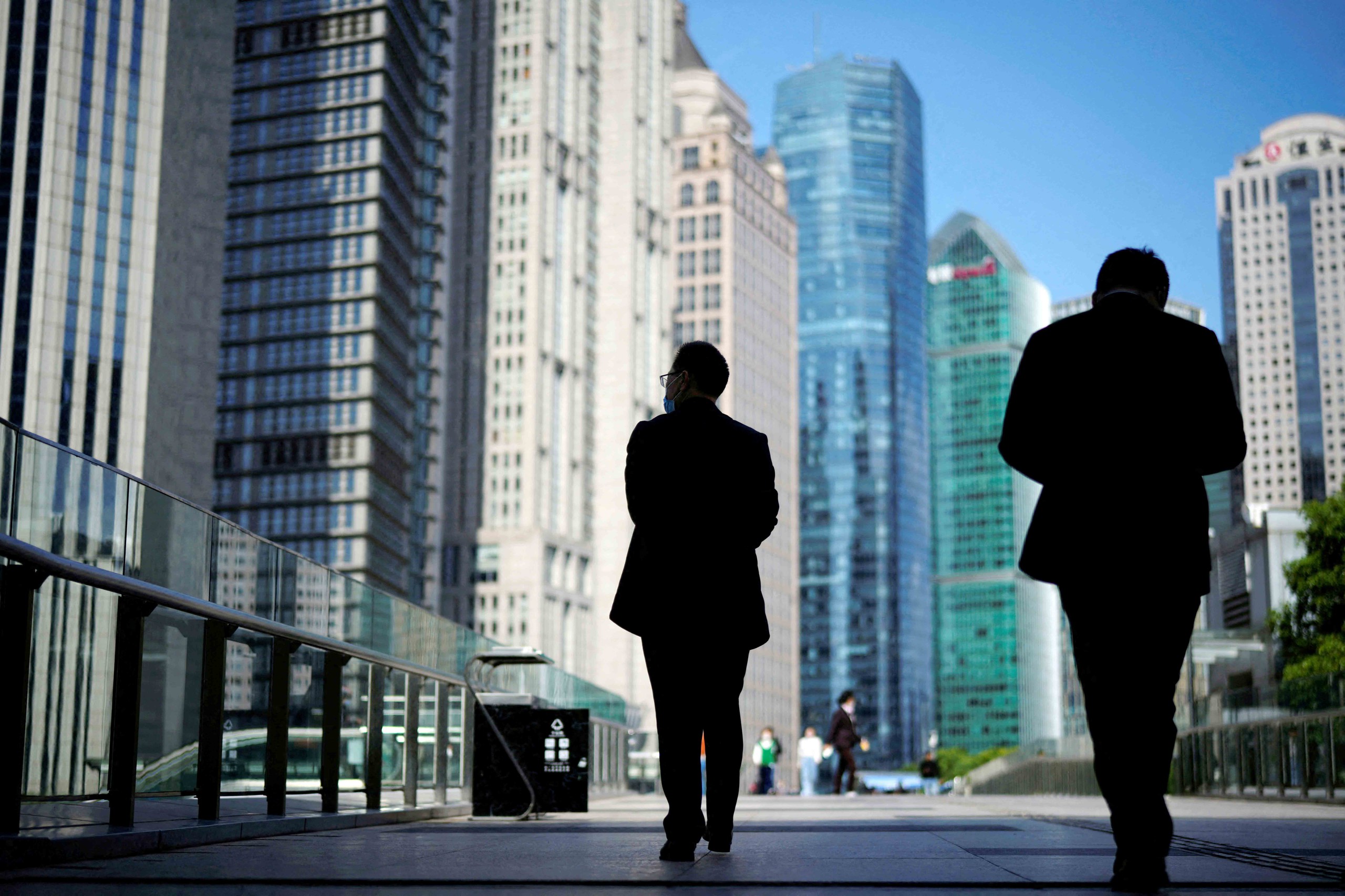
China's economy is facing many difficulties.
Ahead of the conference, China’s top officials said they would ease monetary policy by 2025, adopting a “moderately loose monetary policy.” The last time China used the phrase was in July 2010, when the country was dealing with the fallout from the global financial crisis.
The Beijing government’s goal is to stimulate domestic consumption, which is highlighted as China is increasingly facing challenges as the trade war with the US is expected to escalate after Donald Trump officially takes office as US president on January 20, 2025.
If the trade war escalates as predicted, China could face even greater difficulties. That is because the country's economy has yet to effectively address issues such as a sluggish real estate market and declining confidence and income, which have led to persistently low consumption. Therefore, loose monetary policy and flexible fiscal policy are seen as strategies to strengthen the domestic market.
Bold but effective measures?
In fact, China has been rolling out massive stimulus packages for the past few months. In late September, the country cut mortgage rates for existing homes and reserve requirements by 0.5 percentage points. This plan is expected to benefit 50 million households - equivalent to 150 million people - reducing the average household's interest expense by about 150 billion yuan per year, aiming to effectively boost consumption and investment.
In addition, the People's Bank of China (PBOC - acting as the central bank) is also considering measures to allow policy and commercial banks to provide loans to qualified companies to buy land. This solution is aimed at reviving land resources and reducing financial pressure on real estate enterprises. Previously, the PBOC cut the 14-day repurchase rate by another 10 basis points, from 1.95% to 1.85%. Along with that, the PBOC also used this tool to inject 74.5 billion yuan (about 10.6 billion USD) into the economy.
Beijing has also begun to use measures to stimulate investment amid concerns that Washington’s sanctions are causing capital to flow out of China. A typical example is the “bold capital” initiative to direct investment to early-stage, technology-focused projects that accept higher risks.
The initiative, which began in Shenzhen in October as part of a plan to promote high-quality development in venture capital, will see Shenzhen commit to a trillion yuan (nearly $140 billion) in government investment funds, develop an industry fund cluster worth hundreds of billions of yuan, and a seed and angel investment fund cluster worth 10 billion yuan (nearly $1.4 billion) by 2026. Shenzhen aims to “fully tap the potential of private capital and strive to register more than 10,000 private equity and venture capital funds.”
However, China’s ambitious action plans are said to be out of step with the reality. Many observers believe that the Chinese economy is actually facing more difficult problems than simply declining consumption or stagnant real estate. The reason is that the long-standing development models are no longer suitable.
In response to the announcement of the new plans, the country's stock market continued to decline yesterday (December 13). Meanwhile, according to an assessment sent to Thanh Nien by S&P Ratings, China's economy will find it difficult to achieve the 5% growth target this year, with growth forecasts for 2025 and 2026 at 4.1% and 3.8%, respectively.
Source: https://thanhnien.vn/kinh-te-trung-quoc-trong-chien-luoc-quay-ve-co-thu-185241213220517188.htm



![[Photo] General Secretary concludes visit to Azerbaijan, departs for visit to Russian Federation](https://vphoto.vietnam.vn/thumb/1200x675/vietnam/resource/IMAGE/2025/5/8/7a135ad280314b66917ad278ce0e26fa)
![[Photo] President Luong Cuong presents the decision to appoint Deputy Head of the Office of the President](https://vphoto.vietnam.vn/thumb/1200x675/vietnam/resource/IMAGE/2025/5/8/501f8ee192f3476ab9f7579c57b423ad)
![[Photo] National Assembly Chairman Tran Thanh Man chairs the meeting of the Subcommittee on Documents of the First National Assembly Party Congress](https://vphoto.vietnam.vn/thumb/1200x675/vietnam/resource/IMAGE/2025/5/8/72b19a73d94a4affab411fd8c87f4f8d)
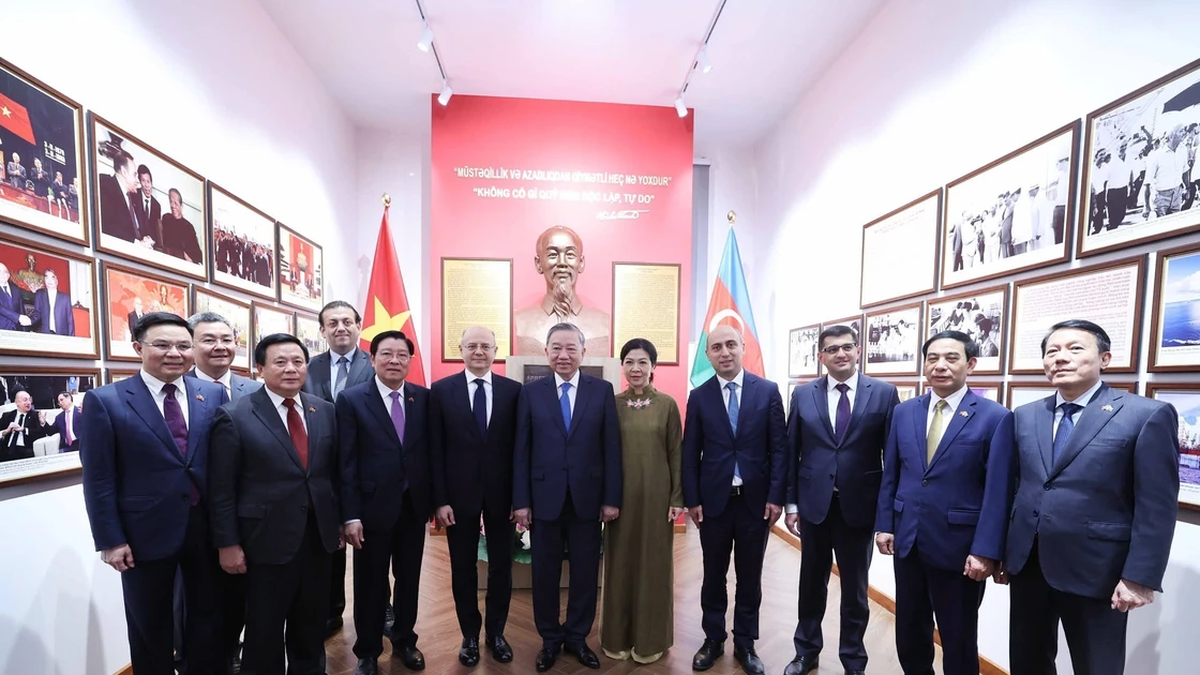

![[Photo] Explore the Great Wall of Water in the Suburbs of Beijing, China](https://vphoto.vietnam.vn/thumb/402x226/vietnam/resource/IMAGE/2025/5/5/c2e706533d824a329167c84669e581a0)










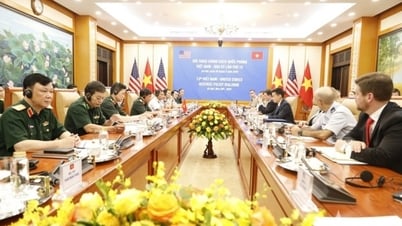

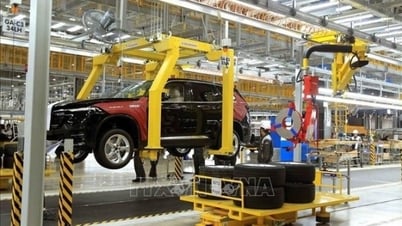

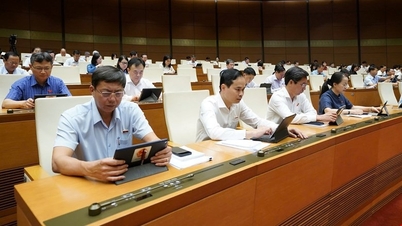
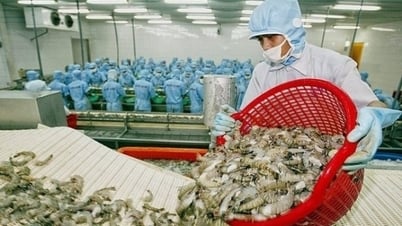






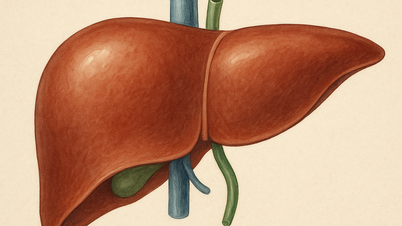

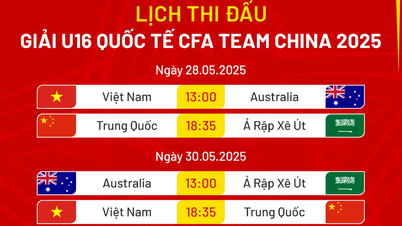

![[Photo] General Secretary To Lam receives leaders of typical Azerbaijani businesses](https://vphoto.vietnam.vn/thumb/1200x675/vietnam/resource/IMAGE/2025/5/8/998af6f177a044b4be0bfbc4858c7fd9)






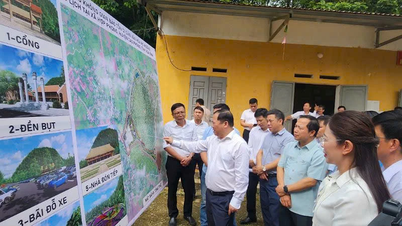
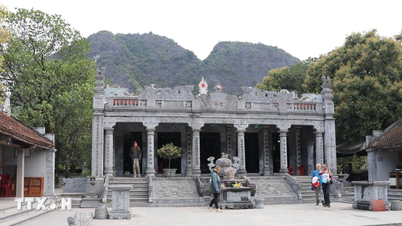



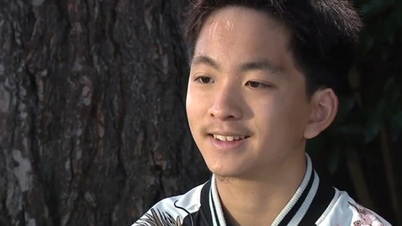









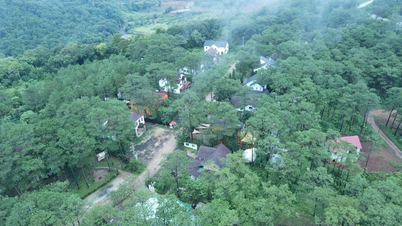




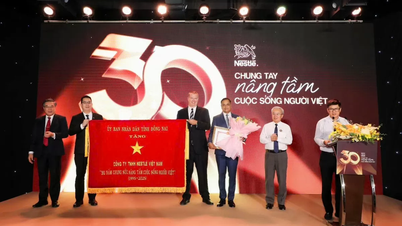
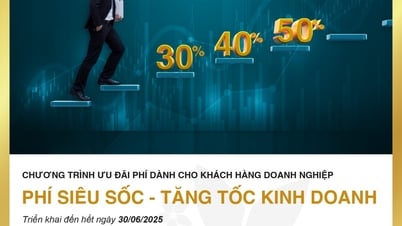



![[Photo] Prime Minister Pham Minh Chinh talks on the phone with Singaporean Prime Minister Lawrence Wong](https://vphoto.vietnam.vn/thumb/402x226/vietnam/resource/IMAGE/2025/5/8/e2eab082d9bc4fc4a360b28fa0ab94de)
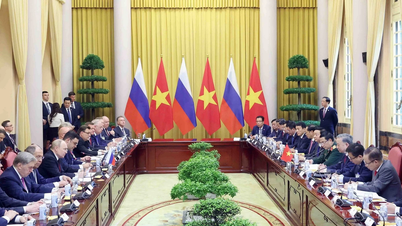
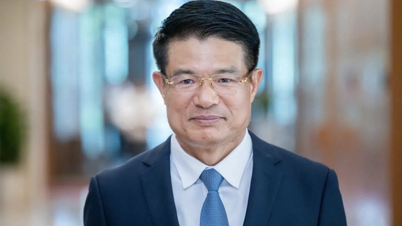



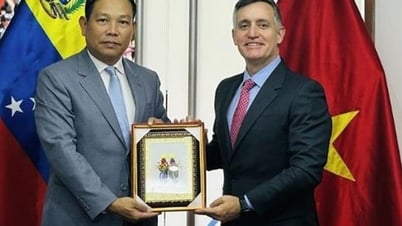




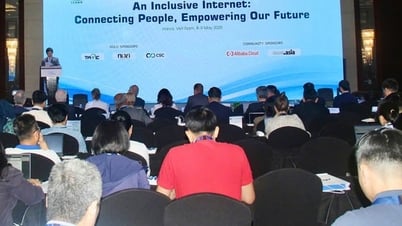
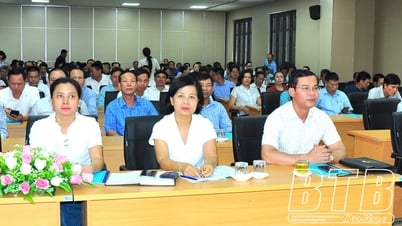





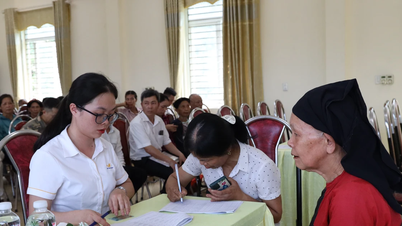









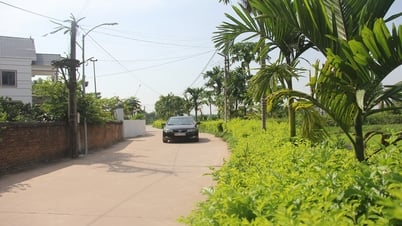





Comment (0)